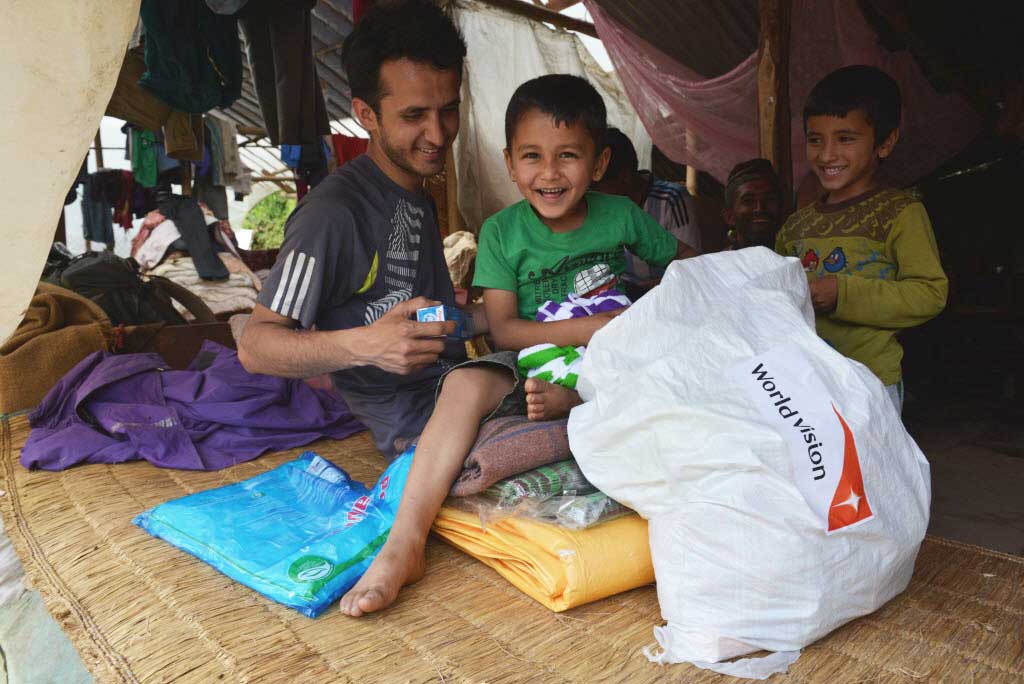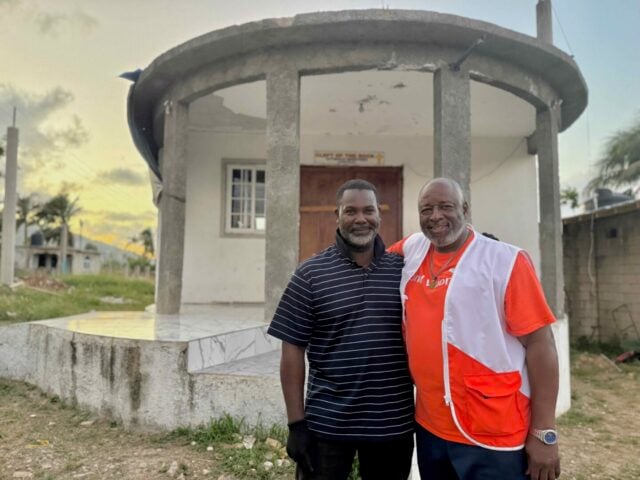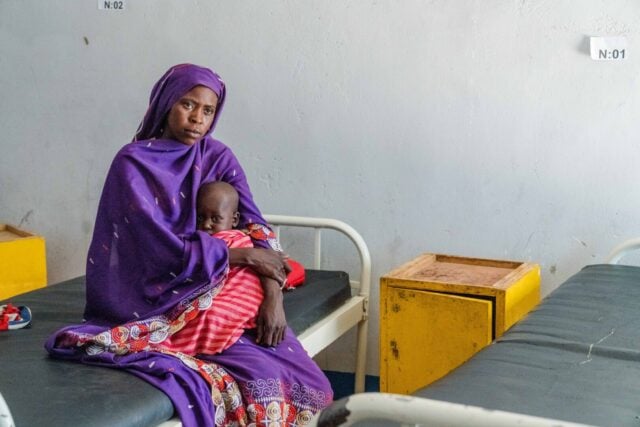About 150 major natural disasters affected millions of people worldwide in 2015. Asia again bore the brunt of these disasters reported globally. Floods continue to be the most frequently occurring natural disasters and also affect the most people worldwide. Here are six of the worst natural disasters in 2015 and how World Vision responded.
Massive earthquake devastates Nepal
A magnitude-7.8 earthquake struck Nepal on April 25, killing more than 8,800 people.
It damaged or destroyed nearly 900,000 buildings, created avalanches in the Himalayas, and left almost 1 million children out of school. Major aftershocks, including a magnitude-7.3 tremor three weeks later, slowed recovery efforts and added to the devastation.
This was the deadliest disaster on record for the nation of 26 million people.
In the nine months since the catastrophe, World Vision has helped about 346,000 people with emergency relief. It plans to continue helping families recover and rebuild their lives into 2018.
As severe winter weather sets in throughout the mountainous country, an estimated 400,000 people living in high-altitude areas still need shelter and basic necessities like blankets, fuel, heaters, and household supplies.
Flood of a century soaks Chennai, India
Weeks of torrential rains in November caused the worst flooding the southern India city of Chennai has seen in 100 years.
The residents in the capital city of Tamil Nadu state were seen carrying belongings above their heads, walking through the streets chest-deep in floodwaters, while entire riverside settlements were washed away.
At least 379 people have died, including 54 in neighboring Andhra Pradesh state, where the floods also destroyed about 100,000 acres of crops worth almost $190 million.
World Vision staff in the area continue their response to the disaster, distributing water bottles; food packets; providing household cleanup kits; setting up spaces for children to socialize, play, and learn; and conducting medical services in relief camps.
World Vision plans to reach 20,000 families in its initial disaster relief response.
Heat wave hits southern India
The floods came on the heels of one of India’s longest heat waves in years, which claimed 2,000 lives in Andhra Pradesh and Telangana states.
In May, temperatures climbed to as high as 118 degrees Fahrenheit in the worst affected areas of Telangana, which includes the major city of Hyderabad.
Relief came with the long-anticipated seasonal rains in mid-June. World Vision works throughout Andhra Pradesh and Telangana.
Most recent reports indicate no deaths among children benefiting from World Vision sponsorship. U.S. sponsors support more than 10,000 children in the affected areas.
Typhoon Komen, monsoon rains inundate Myanmar, Bangladesh, India
Typhoon Komen blazed through the Bay of Bengal over the summer, killing hundreds of people in Myanmar, Bangladesh, and India and lashing the region with monsoon rains. The ensuing widespread floods and landslides affected millions after destroying homes, crops, and roads.
In hard-hit Myanmar, where 12 of 14 states were affected, 117 people died and nearly 400,000 people were displaced.
World Vision staff helped 60,600 flood survivors in the first three months of the response by providing drinking water, food supplies, latrines, shelter kits, mosquito nets, and school supplies. The team plans to continue helping affected families recover over the next year.
Malawi and Mozambique reel from massive floods
Above-normal rainfall in January led to catastrophic flooding throughout Malawi and Mozambique, forcing hundreds of thousands of people out of their homes and killing at least 200, World Vision staff reported in early 2015.
Many more families lost crops and livestock. Roads, bridges, and water systems were damaged or destroyed. The effects were particularly bad in parts of Zambezia, central Mozambique, where raging floodwaters cut off access to remote communities.
“The situation is heartbreaking. These people lack food, shelter, and water,” says Graham Strong, World Vision’s national director in Mozambique, of evacuees living in camps.
World Vision provided food, tarps, household supplies, and clean water in Mozambique to about 21,000 people. Within two months of the disaster in Malawi, World Vision teams there had reached more than 90,000 people with relief and recovery supplies, including 8,874 children registered in its sponsorship programs.
Drought worsens food security for millions in Ethiopia
Below-average rainfall over several planting seasons has caused crop failures and death of large numbers of livestock in Ethiopia, devastating the livelihoods of farmers.
Ethiopia’s government estimated in October that 8.2 million people need food assistance and predicted the numbers will increase in coming months.
As many as 350,000 children are already suffering from severe malnutrition. Another 700,000 moderately malnourished children and pregnant and breastfeeding mothers need supplemental nutrition now and into 2016.
World Vision is helping provide food, clean water, and sanitation facilities, as well as livelihood development and programs to ensure quality education and life skills training for young people.
Disaster preparedness is paramount
While governments and humanitarian agencies rush to meet the immediate needs of children and families affected by disasters, World Vision also works year-round to help communities reduce risk and help themselves when disaster strikes.
“Working with communities for preparedness is key,” says Lawren Sinnema, a World Vision emergency affairs program officer. “Because while you can’t entirely reduce risk from disasters, you can alleviate their effects if you are prepared.”
Learn more about how World Vision responds to disasters.
How you can help
- Pray with us for children, families, and communities impacted by and vulnerable to natural disasters. Pray that the necessary resources would be readily available to help them prepare for disasters and rebuild their lives when a disaster strikes.
- Donate to World Vision’s disaster relief fund. Your gift will help us rush emergency supplies like life-saving food, clean water, medical supplies, and shelter to survivors. You’ll also help us stay for the long haul, providing guidance and assistance as families and communities recover.




